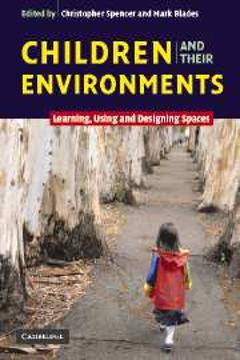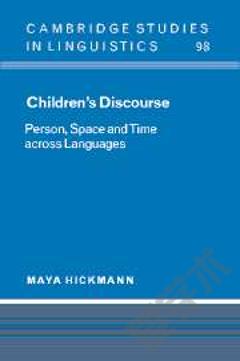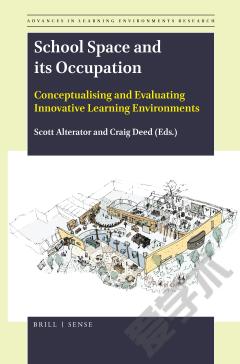Children and their Environments: Learning, Using and Designing Spaces
An introduction Christopher Spencer and Mark Blades Part I. Children's Understanding of Places: 1. Scale in children's experience with the environment Scott Bell 2. The problem of lost children Edward H. Cornell and Kenneth A. Hill 3. Children's understanding of environmental representations: aerial photographs and model towns Beverly Plester, Mark Blades and Christopher Spencer 4. Children's knowledge of countries Martyn Barrett, Evanthia Lyons and Alison Bourchier-Sutton Part II. Children's Experience of Places: 5. Learning neighbourhood environments: the loss of experience in a modern world Antonella Rissotto and M. Vittoria Giuliani 6. The classroom environment and children's performance - is there a relationship? Sandra Horne Martin 7. 'Sometimes birds sound like fish': perspectives on children's place experiences Victoria Derr 8. Is contact with nature important for healthy child development? State of the evidence Andrea Faber Taylor and Frances E. Kuo 9. Environmental child-friendliness in the light of the Bullerby Model Marketta Kytta Part III. Adolescents' Worlds?: 10. On the other side of the tracks: the psychogeographies and everyday lives of rural teenagers in the UK Hugh Matthews and Faith Tucker 11. The socio-environmental affordances of adolescents' environments Charlotte Clark and David L. Uzzell Part IV. Children and the Design Process: 12. Children as agents in sustainable development: the ecology of competence Harry Heft and Louise Chawla 13. Children and city design: proactive process and the 'renewal' of childhood Mark Francis and Ray Lorenzo 14. A learning-based approach to urban planning with young people Liisa Horelli 15. Young people's participation in constructing a socially just public sphere Sharon Egretta Sutton and Susan P. Kemp.
{{comment.content}}








 京公网安备 11010802027623号
京公网安备 11010802027623号